Higher Performance Insights | AI Won't Kill Education—Education Will
The New POWER Model To Break Through Your Institutional Stranglehold
What if I told you that right now, as you read this, a 16-year-old with a $47 smartphone is getting a better physics education than students at $80,000-per-year private schools?
And what if the real threat to education isn't the technology that makes this possible—but the army of insiders desperately protecting their preferences?
Picture this scene, happening in your institution right now: While a teenager in rural Kenya outscores Ivy League applicants using AI that costs $47, your innovation committee is on month six of debating whether ChatGPT should be "allowed" in classrooms.
Who's really in that room? The union rep protecting job security. The department chair defending territorial boundaries. The IT director gatekeeping technology budgets. The compliance officer citing policies written in 1987. The parent board members clutching their own college experiences like religious texts.
Notice who's missing? Students. The ones we claim to serve.
The uncomfortable truth: Every disrupted institution dies the same way—not from external threats, but from internal antibodies attacking their own cure.
The Resistance Playbook -The Seven Horsemen of Educational Stagnation
1. The Union Wall: "This wasn't collectively bargained"
2. The Compliance Shield: "State standards don't allow it"
3. The Equity Trap: "Not every student has access" (while ignoring that current inequality)
4. The Safety Theater: "What about screen time/data privacy/cheating?"
5. The Budget Fortress: "We don't have funds" (for $60/year AI that replaces $50/hour tutoring)
6. The Committee Quicksand: "Let's form a task force to study this"
7. The Tradition Anchor: "We've always done it this way—and look at our alumni"
Each of these sounds responsible. Each is actually sabotage.
Your Counter-Intelligence Manual: The POWER Framework
P - Preempt with Pilot Programs
The Resistance: "We need district-wide consensus first"
Your Move: Start with 5% of students as an "experimental pilot." Call it "action research." Make it opt-in. Document everything.
Power Principle:
Small wins bypass big resistance. By the time committees notice, you'll have data they can't ignore.
Real Example: A principal in Texas started an AI tutoring "study" with 30 struggling math students. No announcements. No permissions beyond standard research protocols. Results after 60 days: 73% improvement in test scores. The school board that would have said "no" suddenly wanted it district-wide.
O - Orchestrate Unlikely Alliances
The Resistance: Traditional power brokers uniting against change
Your Move: Build a coalition of the overlooked:
· Parents of struggling students (they're desperate for anything that works)
· Young teachers (they're already using AI secretly)
· Local employers (they know graduates aren't prepared)
· Students themselves (give them a voice before they vote with their feet)
Power Principle:
When students and employers align, bureaucrats lose their cover.
Tactical Nugget: Create a "Future Ready Task Force" with 60% external stakeholders. Internal resisters can't dominate a room they don't control.
W - Weaponize Their Own Data
The Resistance: "Our current approach is working fine"
Your Move: Deploy the Mirror Strategy:
· Pull your institution's own strategic plan (look for "innovation" and "21st-century skills")
· Document the gap between rhetoric and reality
· Present AI as fulfilling THEIR stated goals
Power Principle:
People can't argue against their own published commitments.
Script for Your Next Meeting: "I'm confused. Our strategic plan says we're committed to personalized learning. Here's a solution that delivers exactly that for $60 per student. Help me understand why we wouldn't want to achieve our own goals?"
E - Establish Facts on the Ground
The Resistance: "We need to wait for policy guidance"
Your Move: While they're waiting for permission, you're creating reality:
· Get teachers to "supplement" with AI tools (not "replace" anything)
· Frame as "supporting" traditional teaching (not "transforming" it)
· Use their language: "differentiated instruction," "scaffolding," "engagement"
Power Principle:
Policy follows practice, never the reverse.
The Jujitsu Move: When resistance emerges, ask: "Are you suggesting we stop helping struggling students while we wait for bureaucratic approval?"
R - Reframe the Risk Conversation
The Resistance: "What if something goes wrong?"
Your Move: Flip the risk narrative:
· "What's the risk of NOT adapting while our students fall further behind?"
· "Which lawsuit scares you more: Using AI, or failing students for an AI world?"
· "Show me the damage from innovation. I'll show you the carnage from stagnation."
Power Principle:
Make inaction scarier than action.
The Data Bomb: Share enrollment projections. Show competitor schools adopting AI. Calculate lost tuition/funding. Make status quo feel like standing on burning ground.
Three Ways Leaders Are Breaking the Power Structure
The Parallel Program Strategy
One superintendent facing union resistance: Created an "optional enhanced learning program" running parallel to traditional classes. Parents could opt in. Teachers could volunteer for extra pay. Within one semester, 70% opted in. The union couldn't fight what members were choosing.
The Budget Jujitsu Approach
A principal denied AI funding: Calculated the cost of current failure—summer school, remedial classes, dropout recovery. Showed AI would save 3x its cost. Framed it as "fiscal responsibility." The same board that said "we can't afford it" suddenly couldn't afford NOT to do it.
The Grassroots Inevitability Method
A department chair at a major university: Knew faculty senate would block any top-down change. Instead, got three professors to run "independent experiments" with AI. Published results internally. Other professors demanded access. By the time administration noticed, faculty were driving the change themselves.
The Nuclear Option: The Student Uprising Strategy
When all else fails, remember: Students have ultimate power—they can leave.
The Activation Sequence:
1. Survey students about their AI use (spoiler: it's already 90%+)
2. Share what competitor schools are offering
3. Ask: "Should we prepare you for the future or the past?"
4. Let them present to the board (boards fear students more than faculty)
The Penn State Precedent: Students created their own AI learning collaborative when administration dragged feet. 300 members in week one. The university suddenly found urgency.
Your 30-Day Power Shift Playbook
Week 1: Map the Resistance
· Identify your three biggest blockers
· Document their stated concerns
· Find contradictions in their positions
Week 2: Build Your Shadow Cabinet
· Recruit three innovative teachers
· Connect with five frustrated parents
· Engage ten ambitious students
Week 3: Launch Your Trojan Horse
· Start your "pilot program"
· Frame it as "research"
· Make participation voluntary
Week 4: Create Irreversible Momentum
· Share early wins broadly
· Get testimonials from students/parents
· Present to board as "update" not "request"
The Conversation That Changes Everything
Script for Your Next Leadership Meeting:
"I need clarity on our priorities. Are we primarily serving:
· Student success or adult comfort?
· Future readiness or present convenience?
· Learning outcomes or institutional traditions?
Because AI is forcing us to choose. And our students are watching."
The Answer to Our Opening Question
Remember that 16-year-old in Kenya with her $47 education?
She's not winning because she has better technology. She's winning because she has no bureaucracy to protect, no union contracts to honor, no traditions to defend, no committees to consult.
She has only one concern:
Learning.
The power struggle in education isn't about AI. It's about who we really serve—the students demanding transformation or the system demanding preservation.
The leaders who survive won't be the ones who managed the resistance. They'll be the ones who made resistance irrelevant by creating unstoppable momentum.
Your Courage Checkpoint
Three questions that determine your next decade:
1. When did you last make a decision that scared your biggest donors/board members but thrilled your students?
2. If your own child could choose between your institution and an AI-powered alternative, what would they choose? (Be honest.)
3. Are you willing to be the villain in the old story to be the hero in the new one?
The Leadership Moment That Will Define You
You have 18 months before the choice gets made for you.
The committee won't save you. The board won't lead this. The union won't embrace it. The parents won't understand it at first.
But the students? They're already there, waiting for you to catch up.
Your move, boss.
READY TO RECLAIM YOUR VOICE IN THIS REVOLUTION?
Stop letting committee-approved messages dilute your vision for transformation. Start speaking human again—because that's what makes revolutionaries out of educators.
Just as the Overton Window has shattered in education, the window of acceptable leadership communication has expanded. Yet, most educational leaders are still trapped in conference room-speak, while their institutions face an existential transformation.
The first step is discovering how your authentic voice got lost. In just 5 minutes, you can uncover:
· Where institutional polish killed your ability to inspire real change
· Which of your natural communication styles your teachers and students actually crave
· How to transform policy memos into messages that create movements
→ Take the 5-Minute Authentic Leadership Communication Assessment
Because when you delegate your voice to the comms team during education's most critical transformation, you don't just lose your message—you lose your chance to lead the revolution. But when you speak as YOU, unfiltered and real about what's actually at stake, your authenticity becomes the catalyst that transforms an institution from the past into a beacon for the future.
ADDITIONAL RESOURCES:
🎯 Find story templates and frameworks at higherperformancegroup.com/blog 📧 Join 10,000+ educational leaders building the future, not defending the past 📚 Subscribe to Higher Performance Insights delivered every Tuesday
SHARE THE IMPACT:
If this made you rethink your next faculty meeting or all-staff email, share and tag @Higherperformancegroup and
DR. JOE HILL
Do you want more leadership topics and guides?
Join THE GROUP
An online community for higher education leaders, where we offer a library of lessons and guides that can be utilized during your leadership sessions and other resources.
Help Spread the Word
If you found value in this post, we’d love your help spreading the word! Please consider sharing this on your favorite social media platform and tag Higher Performance Group and Dr. Joe Hill. Your support helps us reach and inspire more awesome people like you!
Like What You've Read?
Get practical, research-based ideas to Accelerate
Higher Team Performance delivered straight to your inbox every Tuesday.
More Blog Articles




